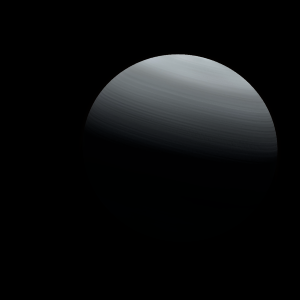|
|
Space Astro
|
Info for exoplanet "Homure Bya"
| Scientific (actual) data |
|---|
| Name | HD 171028 b |
| Planet status | Confirmed |
| Mass sini | 1.98 |
| Orbital period | 550 |
| Semi major axis | 1.32 |
| Orbit eccentricity | 0.59 |
| Angular distance | 0.014667 |
| Discovered | 2007 |
| Updated | 2010-11-09 |
| Omega | 304 |
| Tperi | 2454190 |
| Publication | Submitted to a professional journal |
| Detection type | Radial Velocity |
| Star name | HD 171028 |
| Right ascension | 278.06° |
| Declination | 6.95° |
| Mag v | 8.31 |
| Star distance | 90 |
| Star metallicity | -0.49 |
| Star mass | 0.99 |
| Star radius | 1.95 |
| Star sp type | G0 |
| Star age | 8 |
| Star temperature | 5663 |
| Wikipedia article | HD 171028 b |
Back
| |
| Fictional info (?) |
|---|
| Suggested name | Homure Bya |
| Planet type | Cold planet |
| As seen from HD 171028, in a frame of reference that rotates with the orbital motion, it appears to rotate only once every two years.
very expensive trip. |
| Atmosphere | Hydrogen | 82% |
| Xenon | 15% |
| Nitric oxide | 2.4% |
| Atmospheric pressure | 19 bar |
 |
| No known satellites |
| Google search for Homure bya |
|
Website by Joachim Michaelis
|
|
|
|